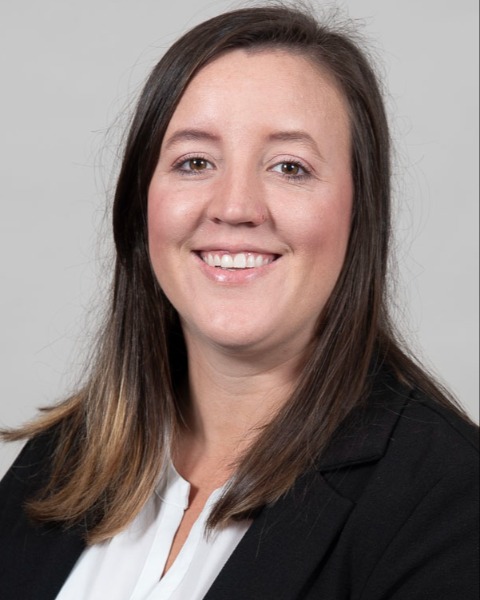Poster Presentation
Program Planning and Evaluation
Wednesday Evening Poster Reception
WED-086 - Health Status and Resource Awareness of College Students at a Regional Campus
Wednesday, April 16, 2025
6:00 PM - 7:00 PM PST
Location: Pacific I/II, 2nd Floor
Area of Responsibility: Area I: Assessment of Needs and Capacity
Subcompetencies: 1.3.1 Determine the health status of the priority population(s)., 1.2.6 Identify data gaps.
Research or Practice: Research
Subcompetencies: 1.3.1 Determine the health status of the priority population(s)., 1.2.6 Identify data gaps.
Research or Practice: Research

Kelsi Becker, PhD
Assistant Professor
University of Cincinnati Blue Ash College
Cincinnati, Ohio, United States
Poster Presenter(s)
Learning Objectives:
At the end of this session, participants will be able to:
- Identify the physical activity and oral health behaviors of regional campus college students and evaluate how these behaviors align with recommended guidelines.
- Distinguish how many students correctly identify the resources available on the regional campus.
- Analyze the primary barriers that prevent college students from engaging in regular physical activity and dental care, and explore potential motivators for improving health practices.
Detailed abstract description:
Background: With the newfound independence and personal responsibility college students find themselves with, their overall health can quickly become strained. College students report lower levels of activity, poor dietary behaviors, high stress, increase in substances, and a lack of oral hygiene practices (Peterson et al., 2018). In addition to the ample amount of on campus resources and knowledge we have on the benefits of physical activity and oral health practices, we are still seeing students ignore these small steps to increasing their overall health. The current study aims to address the overall health status of regional campus college students, determine if they are meeting physical activity guidelines and oral health recommendations, and identity motivating factors.
Methods: Participants were recruited at the University of Cincinnati Blue Ash Regional Campus. Researchers provided a brief explanation of the study, after which participants used a computer to complete the online survey via Google Forms. The survey process began with a research information sheet, which included a question about consent to agree or decline participation. Only those who gave consent proceeded to the anonymous questionnaire.
Results: Participants included 141 students from the University of Cincinnati Blue Ash Campus. 94.3% of students indicated that they were physically active, but 63% of students were not meeting the 150 minutes of physical activity recommendations. Top three reasons why students may not participate in physical activity were; I do not feel comfortable being physically active in front of people (26%), I do not have time to be physically active (25%), and I do not know how to be physically active (16%). When asked about oral health practices, 61% of students said that they brushed their teeth twice a day and 47% of students said they flossed once a day. When asked about how many dental cleanings they had in the past five years, 76% of students did not meet the recommendation of two dental cleanings per year. Top three reasons why students do not get dental cleanings were; I do not have time (25%), I have dental insurance but cannot find an in-network provider (17%), and I have dental insurance but cannot afford it (15%).
Conclusion: With just our preliminary data we can see small trends on overall health among students at our regional campus. While most students value physical activity for health reasons, barriers like discomfort in public settings and lack of time remain significant obstacles. Dental care appears to be influenced heavily by insurance coverage, with many students citing insurance as a reason for regular cleanings and lack of insurance coverage as a barrier.Future endeavors aim to address campus needs and begin programming for students where we see most fit.
